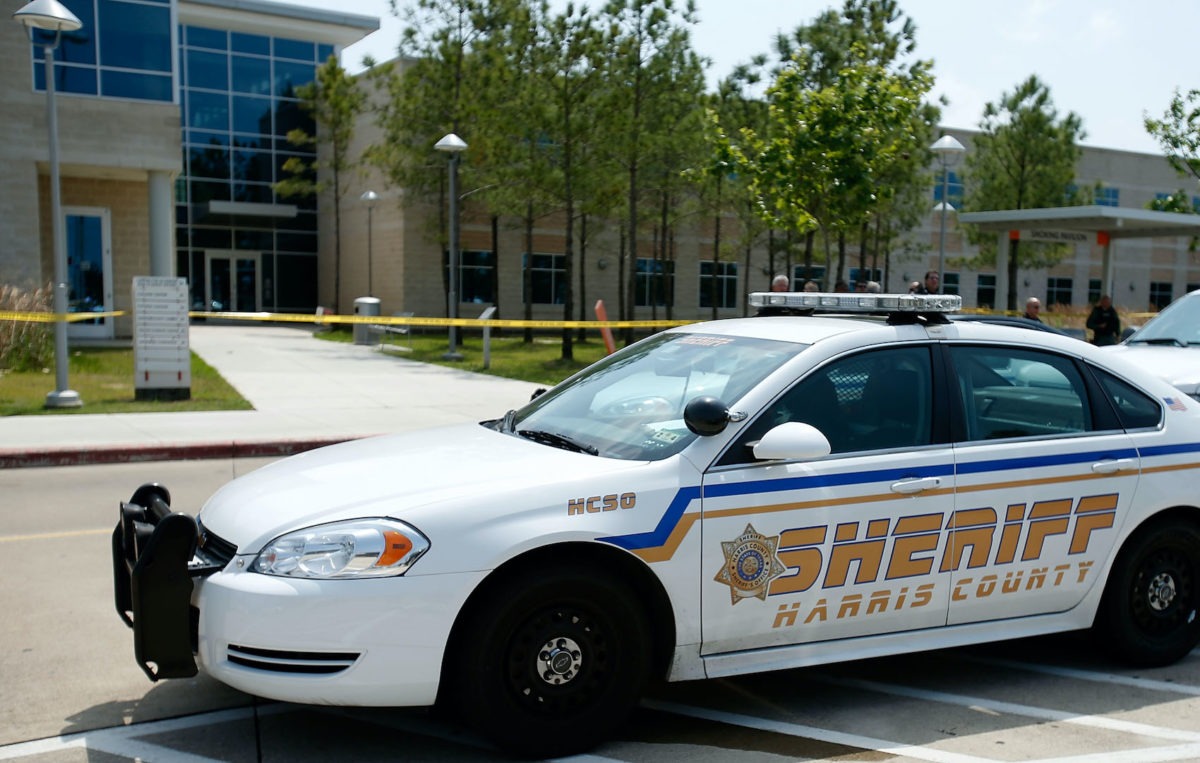
Critics Of Progressive Judges Find A Willing Ally In Local Newsrooms
With few exceptions, news outlets in Harris County, Texas, spotlight singular instances of crime to allege that legal reform policy is a threat to the public.

With few exceptions, news outlets in Harris County, Texas, spotlight singular instances of crime to allege that legal reform policy is a threat to the public.
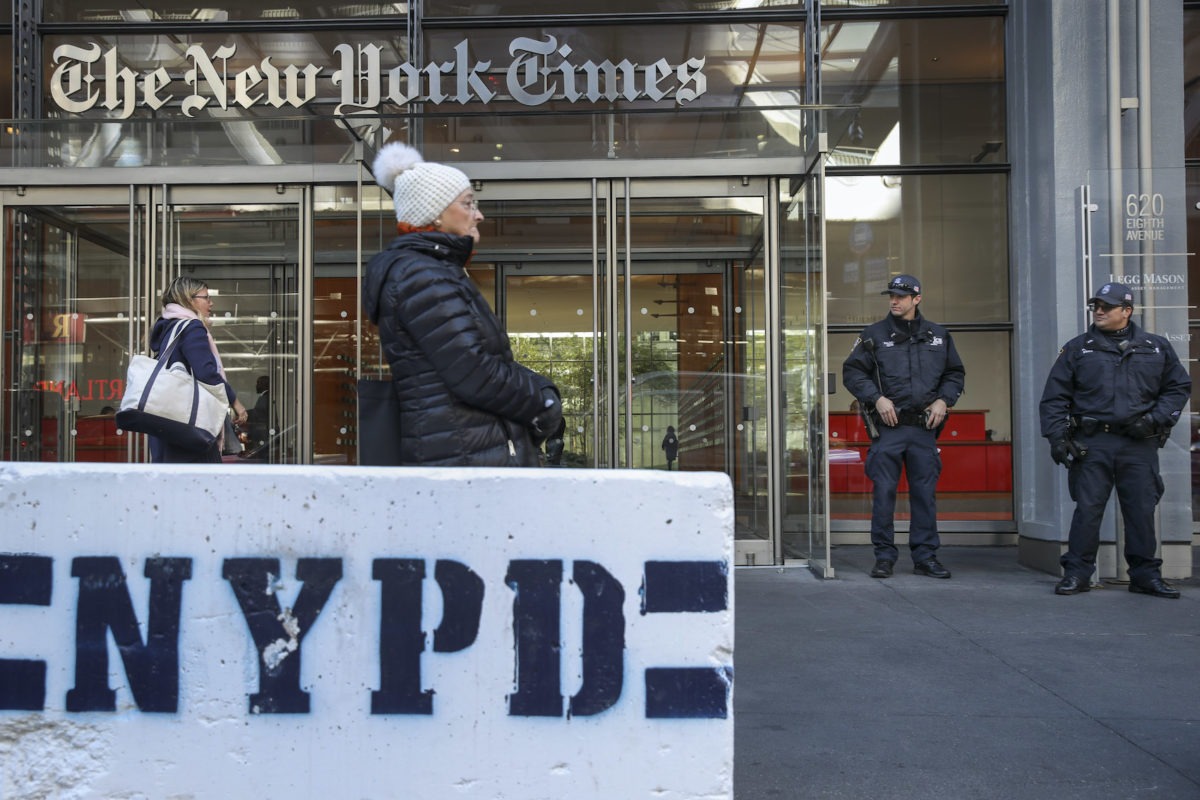
In two articles, the Times asserts a ‘spike’ in crime since the passage of bail reform in New York, an increase that the articles themselves note they can’t prove.

Leading with housing status for homeless people is a common trope in the news reporting business and one in urgent need of re-examining.

There’s a cynical local-to-national news pipeline designed to mock the powerless under the guise of “odd” news stories.

Stories that uncritically blame child welfare agencies for the deaths of children at the hands of their parents can contribute to increases in child removals—with devastating consequences for families.

Many liberals support reform in theory. But when unpopular decisions need to be made, it’s back to the 1990s “Tough on Crime” playbook.
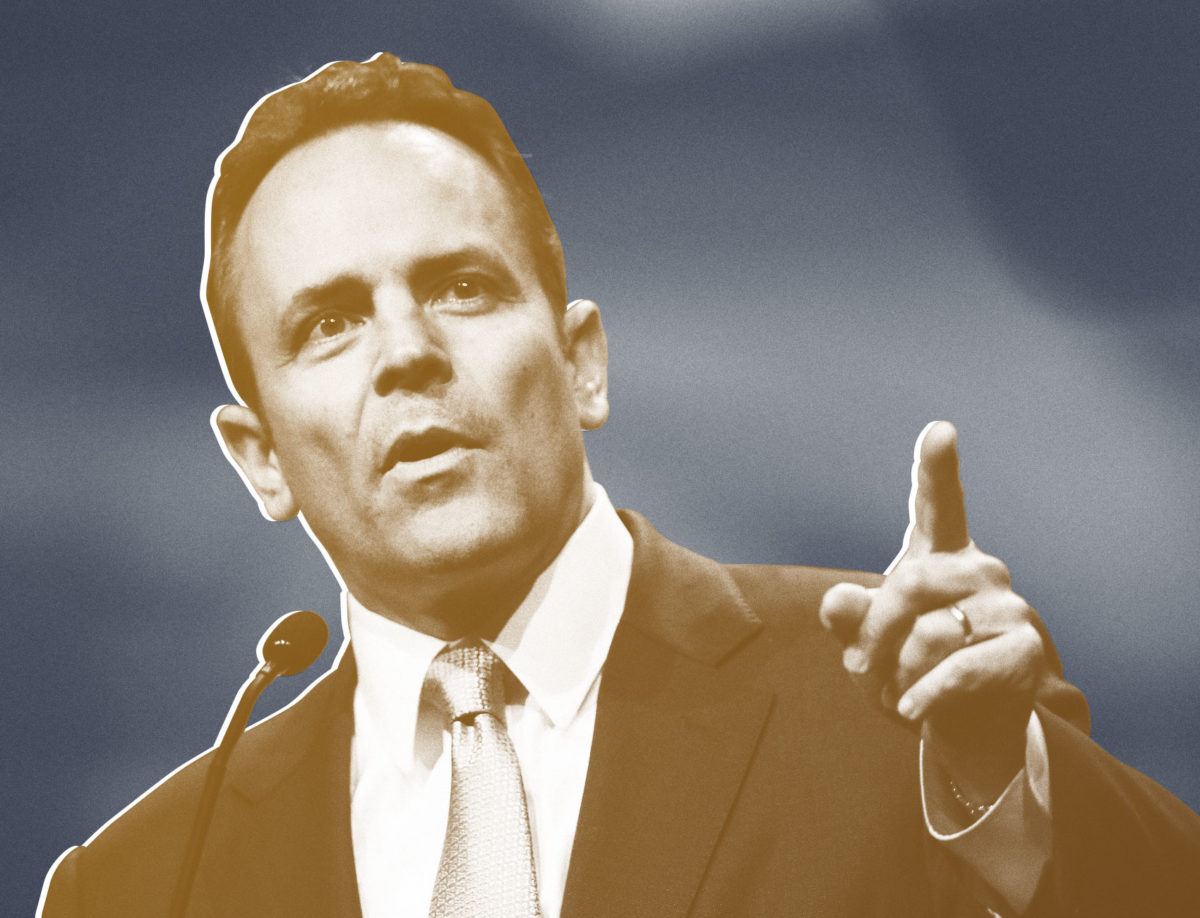
Sensational headlines may score short-term partisan points, but long term they contribute to a toxic culture of Willie Hortonism.

A close examination of a poll backed by a business group reveals loaded questions, undisclosed conflicts of interest, and the shortchanging of very real privacy concerns.
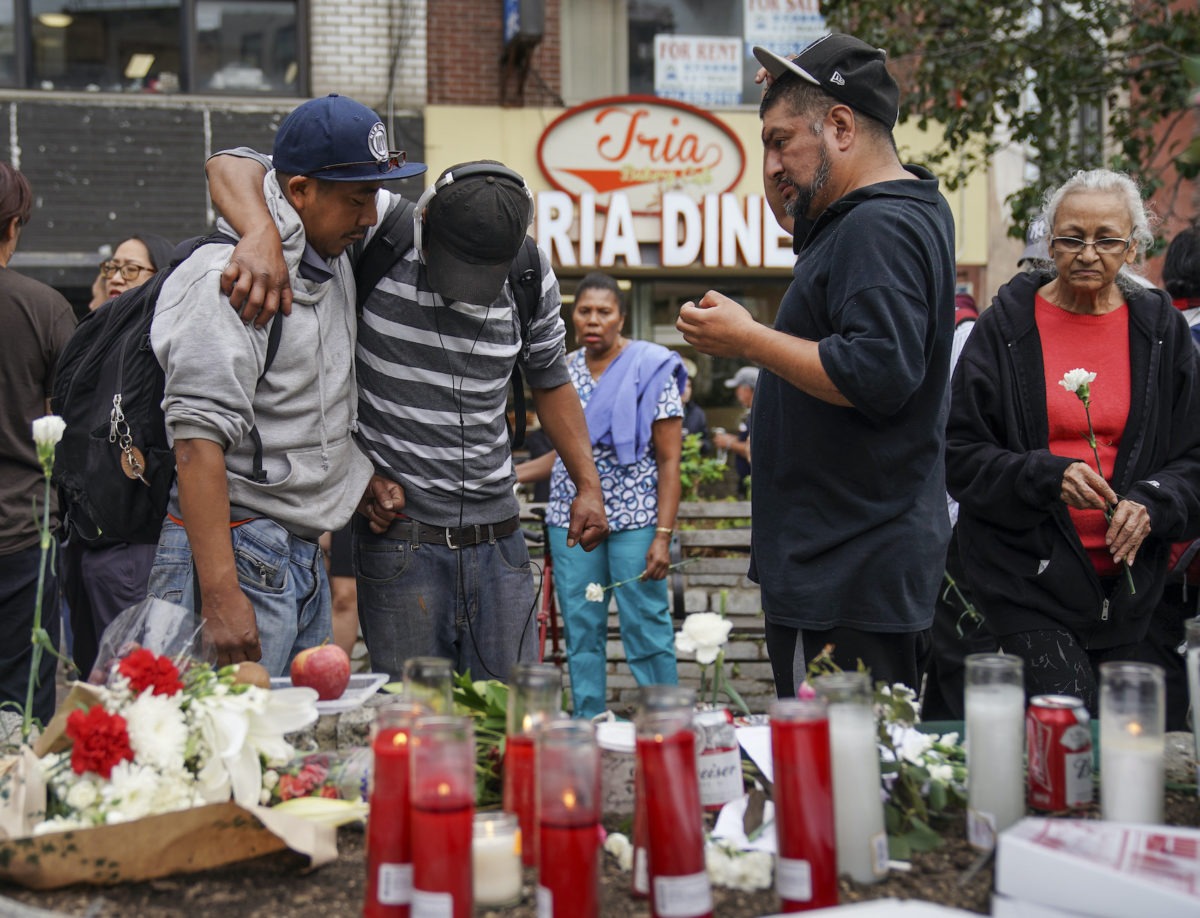
The New York Post used a tragedy to target bail reform activists, rather than point to the challenges of a failed mental health system and poverty.

The Charlotte Observer built a narrative on gun crime that relies almost exclusively on police and prosecutors, ignores the violence of incarceration, and offers zero non-carceral solutions.
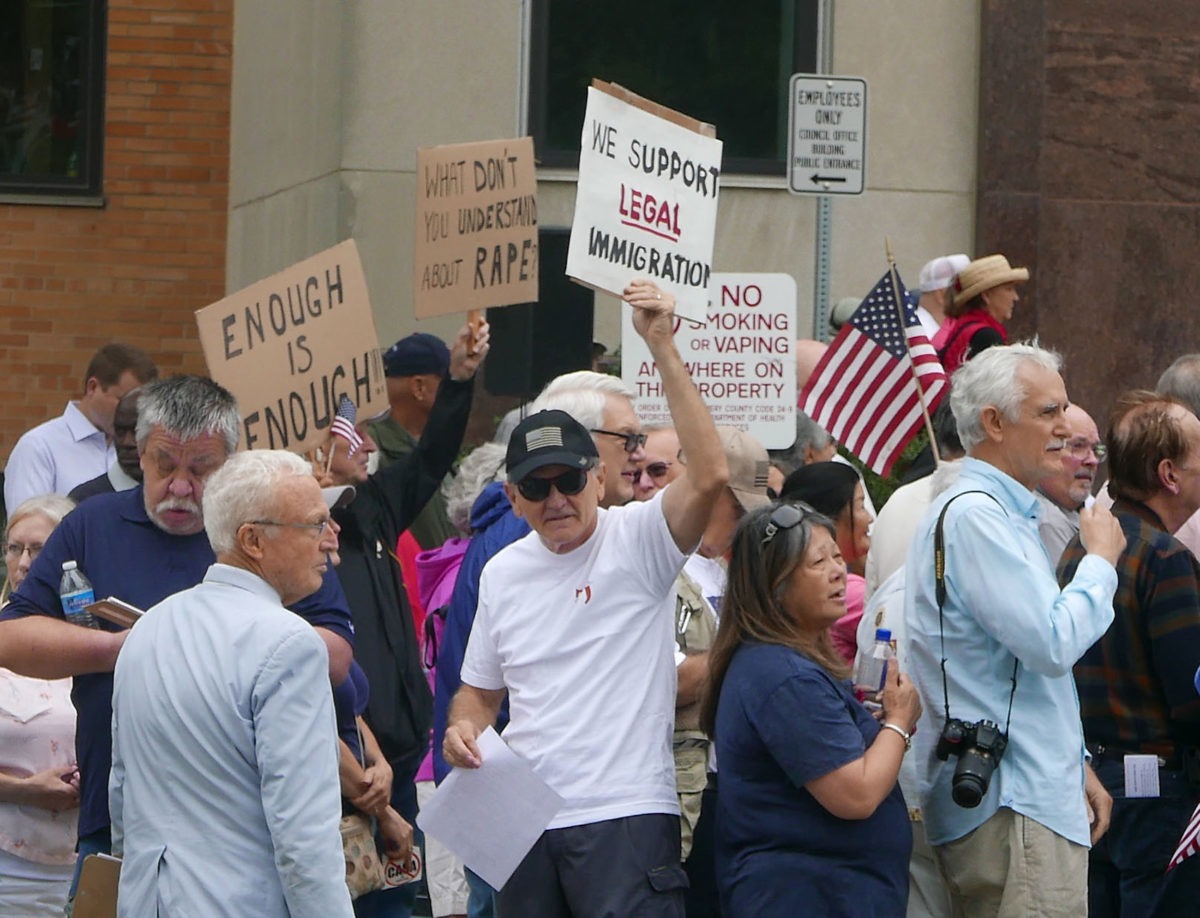
WJLA’s Kevin Lewis selectively reports on immigrants arrested for sex crimes to paint a misleading picture of violence in Montgomery County.

In a rare case of local media nuance, a Boston TV news station provided a humane and health-focused segment on safe drug use.

A Pittsburgh public radio piece lacked critical reporting about the many problems with jailing children in adult facilities.
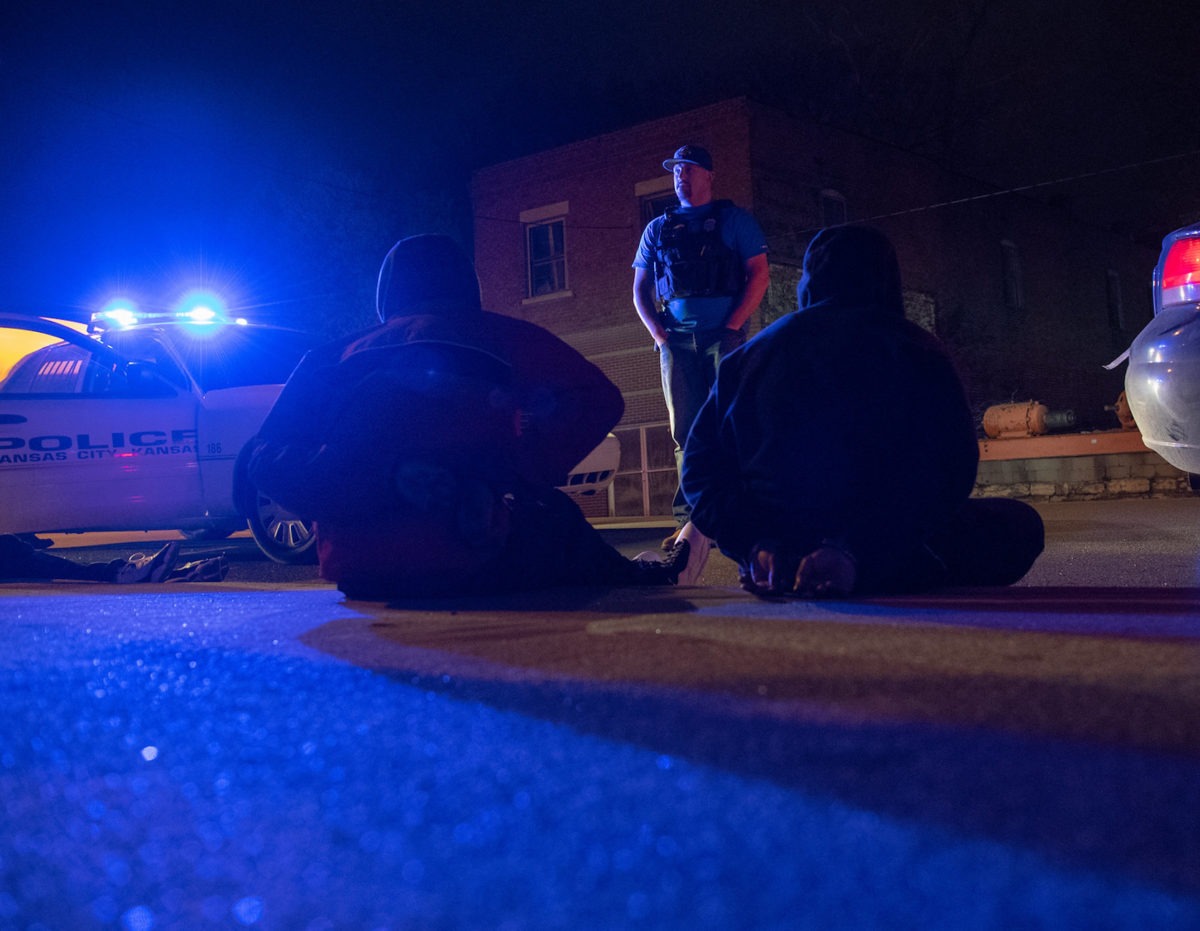
Kansas City news outlets called scores of people ‘violent criminals’ based solely on the word of police and the federal government.
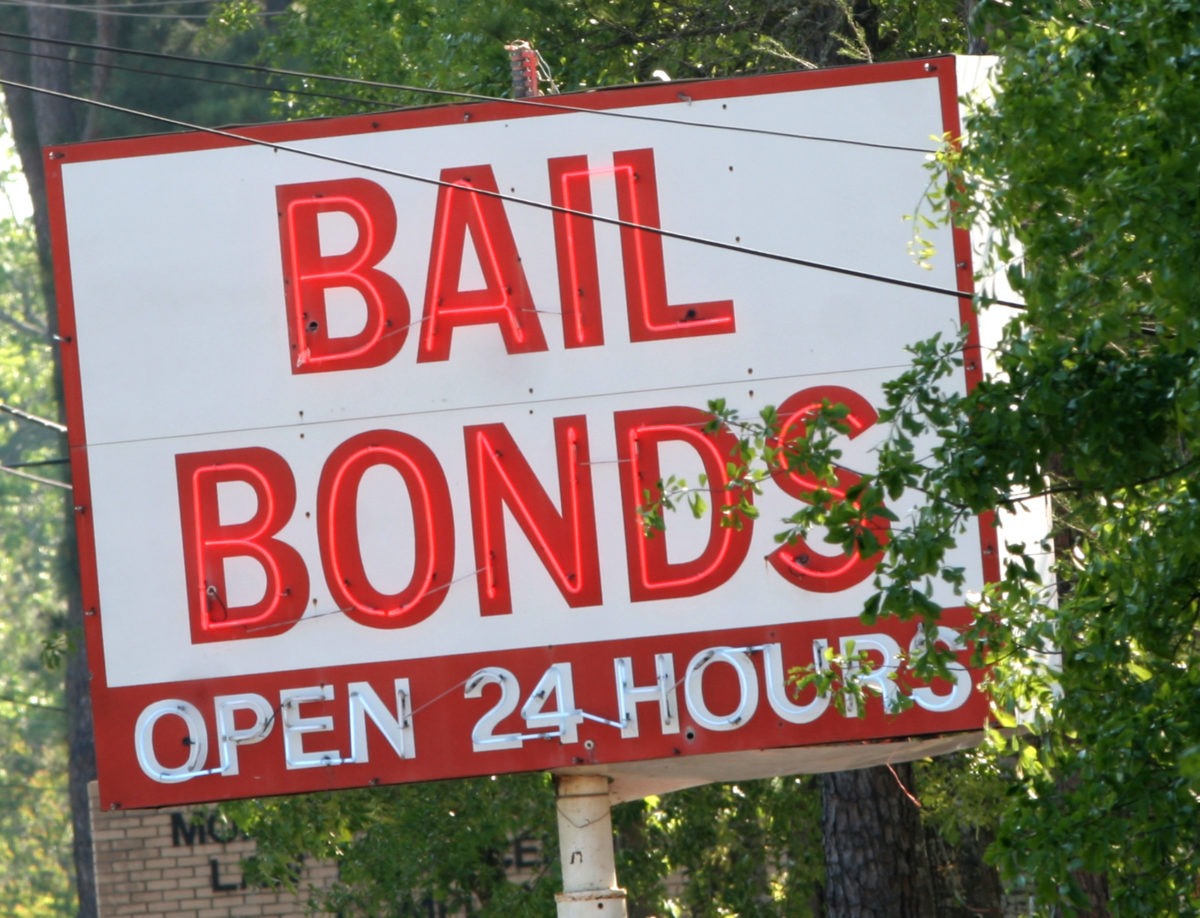
How high or low bond is isn’t a measure of how severe the state considers a crime.
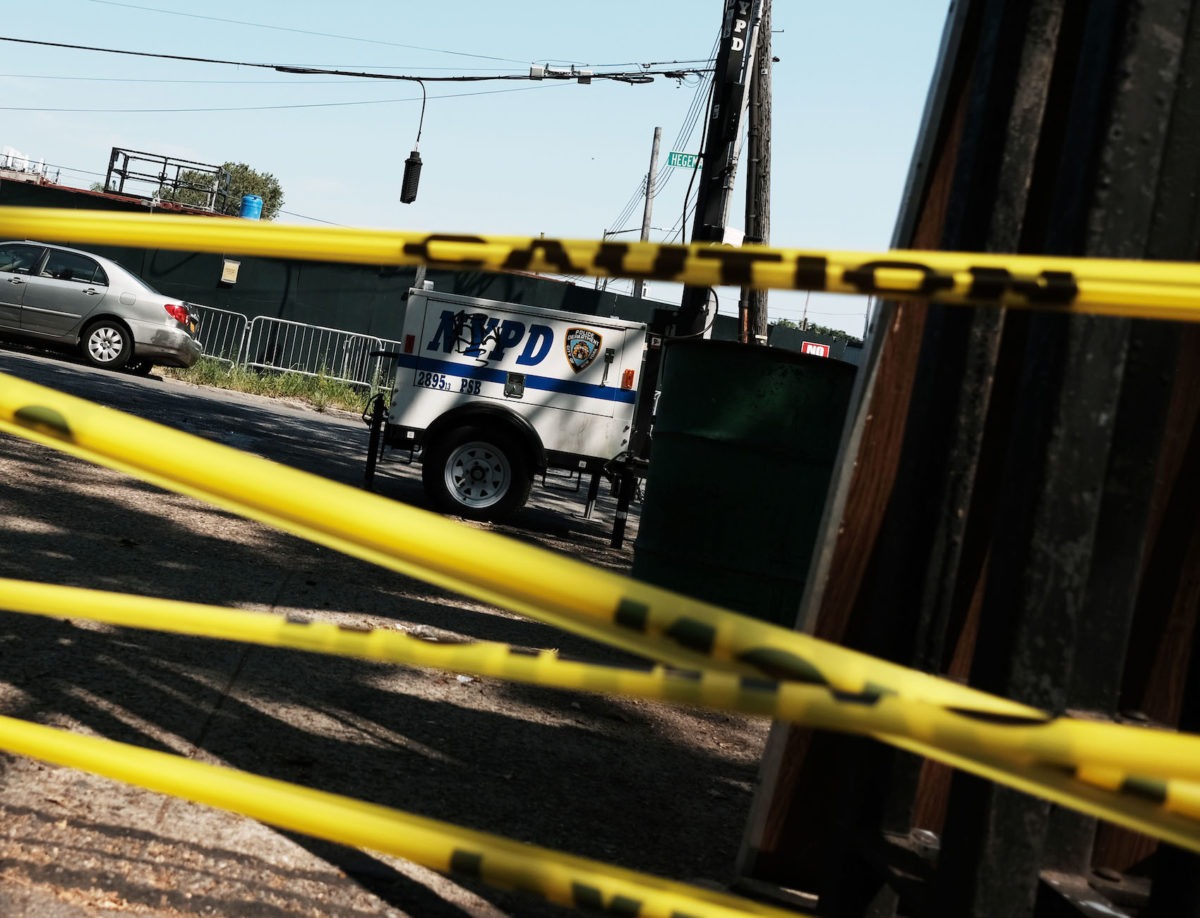
Murder rates are at an all-time low in Brooklyn, but one would hardly know it reading the New York Times.

The New York Times’s coverage of the one-off case of a 77-year-old man omits key facts about how older adults are treated by our punitive legal system.
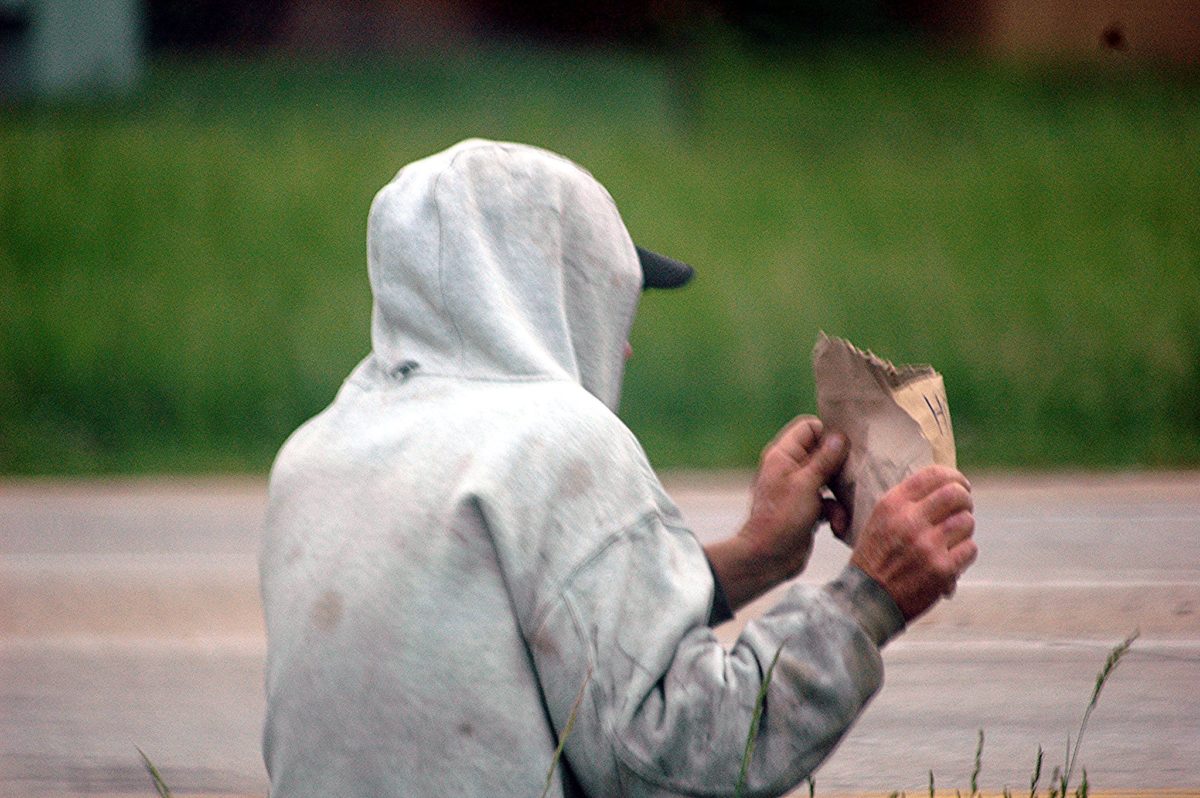
Dozens of reports about an indigent man in Bradenton, Florida, showed the cruel excesses of local news’s homelessness coverage.

For far too long, the press has leaned on wrong-headed tough-on-crime officials like the former NYPD commissioner when reporting on the criminal legal system.
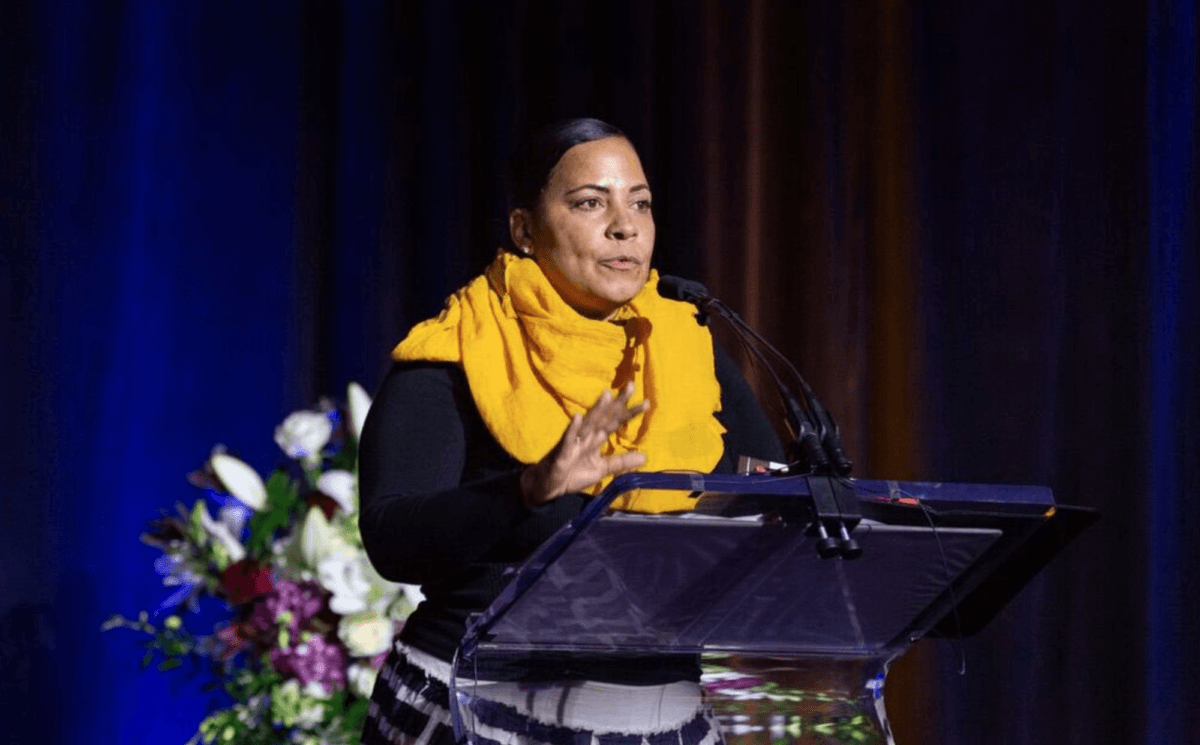
The backlash is underway against a recent wave of prosecutors who champion criminal justice reform. Here are some methods of attack.

Outlets ran over 200 articles covering the vandalism. The outsize attention will likely damage young lives.
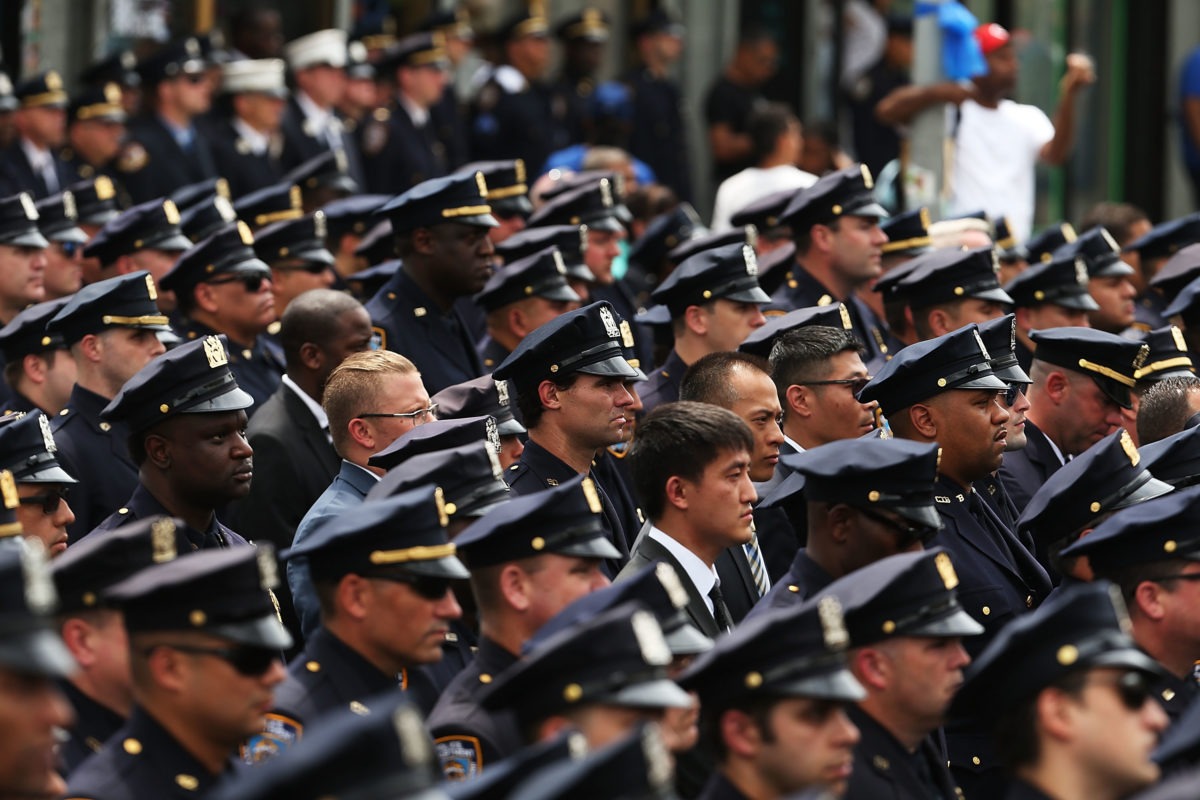
ABC News claims anti-police violence is on the rise but offers no data.

Reality shows like ‘The First 48,’ ‘Live PD,’ and ‘Cops’ are interfering in legal cases, exploiting people of color, and threatening lives.

CBS 2 Chicago relied on police voices and irrelevant data to question efforts to end cash bail.

The sensationalist coverage of a handful of fights highlights local media’s misplaced priorities.